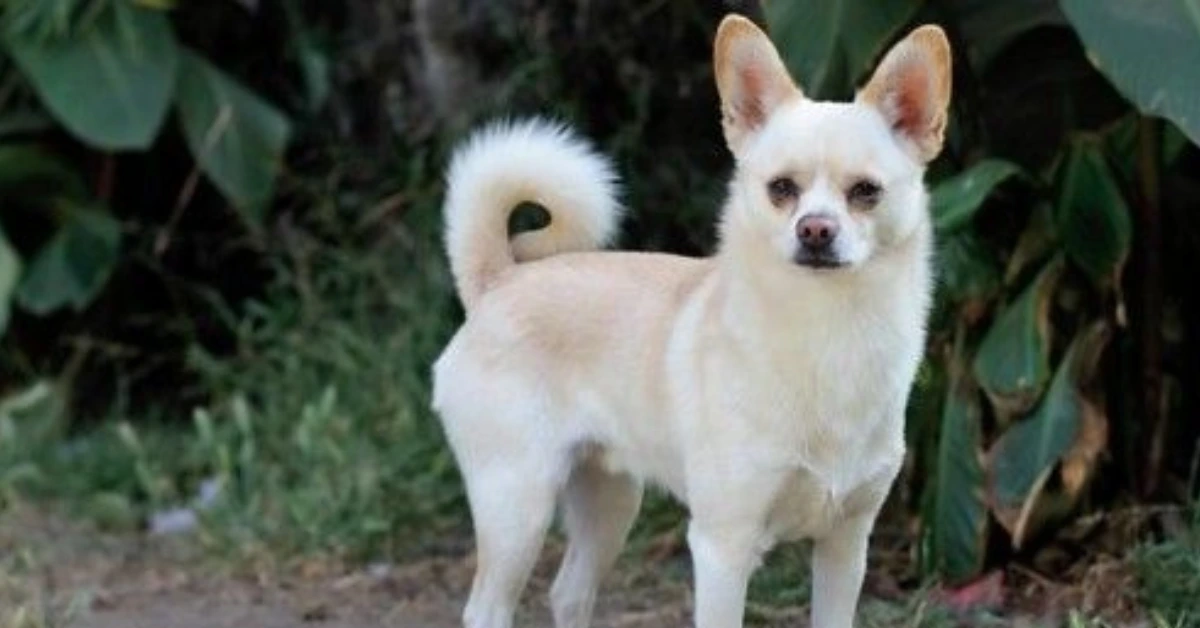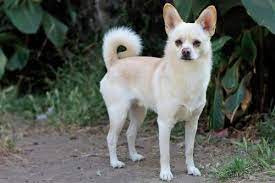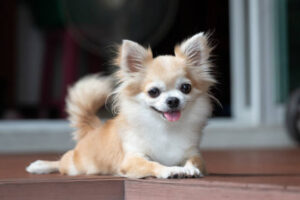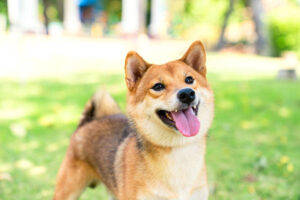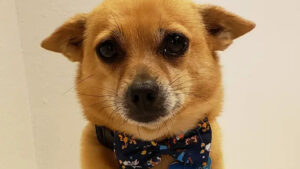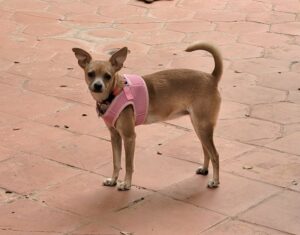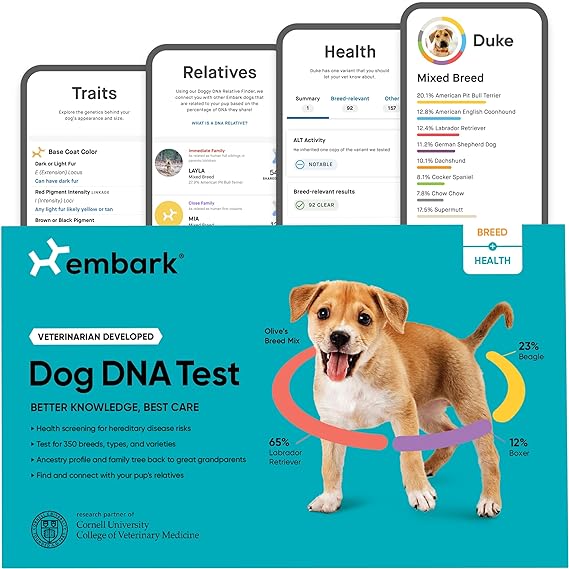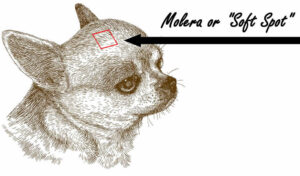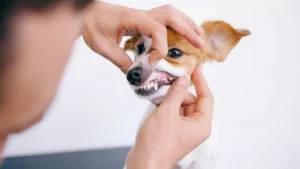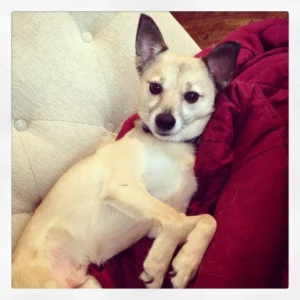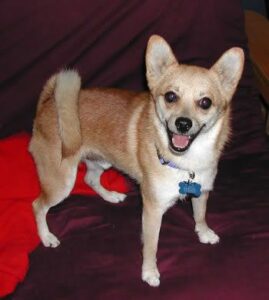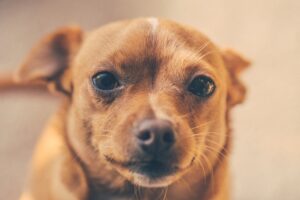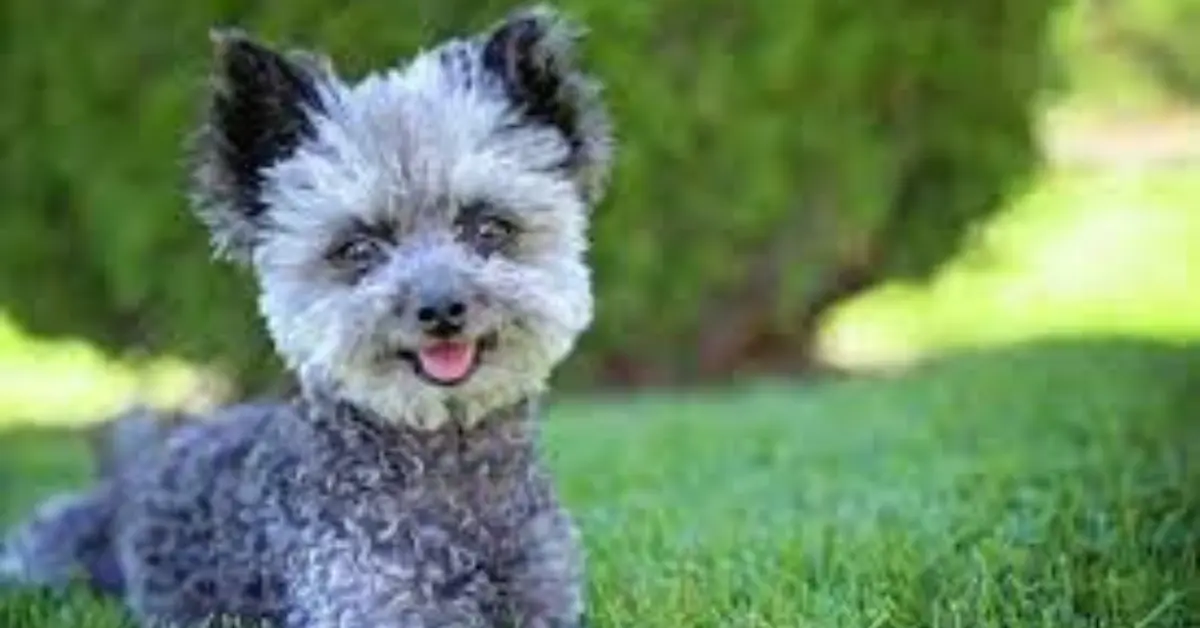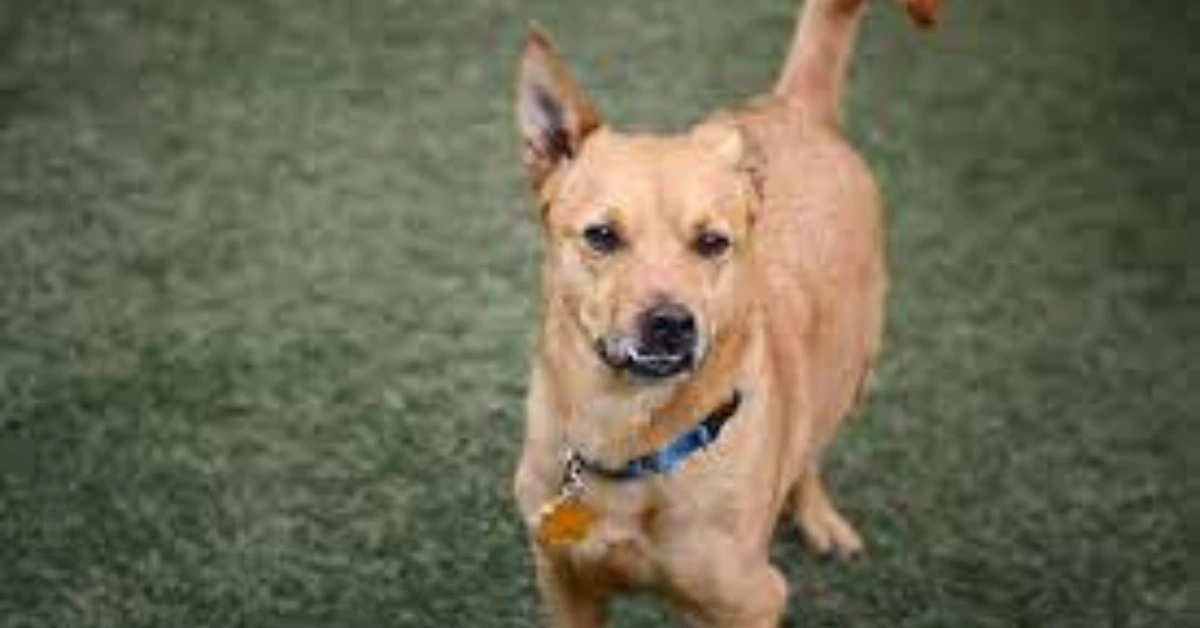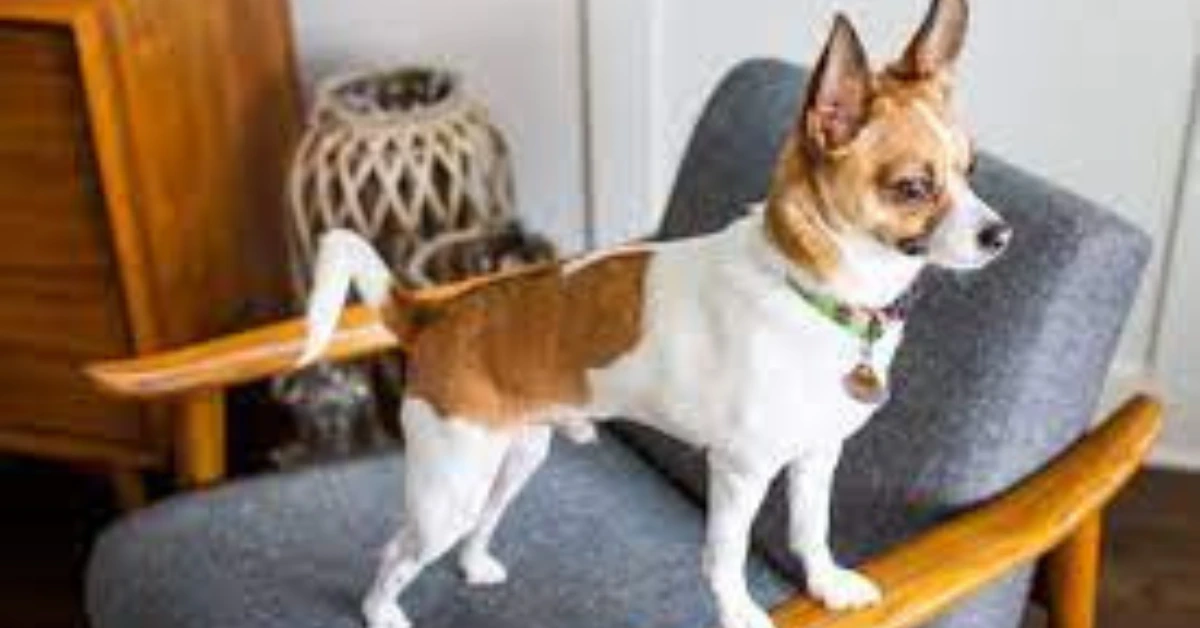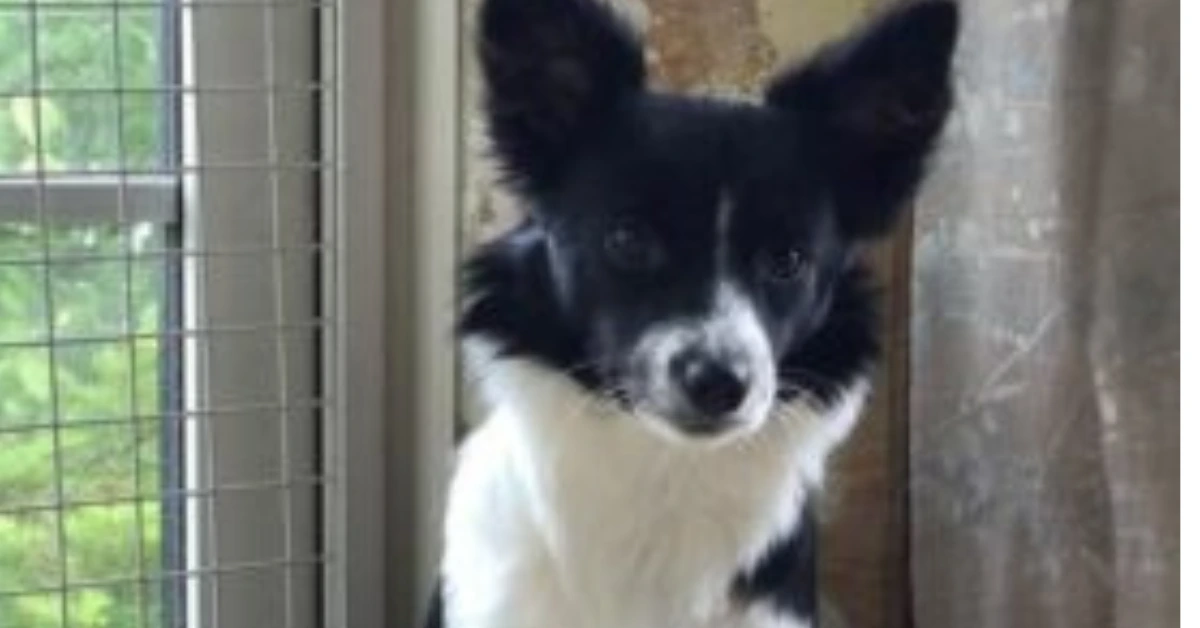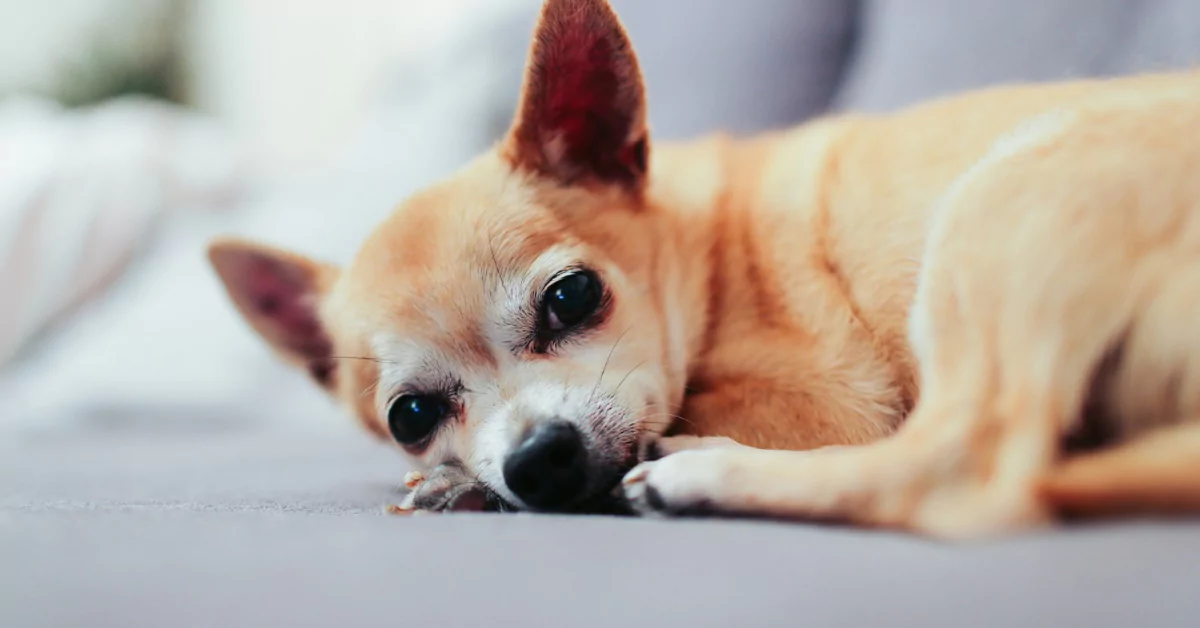The Shiba Chi might be the right breed for you if you want a small dog with a big attitude. This dog is a mix of a Chihuahua and a Shiba Inu. He is active and loves to play, but he also loves to cuddle up on your lap.
These small dogs always want to play because their hearts are so big. So, if you want a cute little friend, the Shiba Inu Chihuahua mix might be the right dog for you.
Shiba-Chi History
Advertisement
Chihuahua
Even though we don’t know exactly where the Chihuahua came from, we do know a few things about this stubborn little breed. First of all, Chihuahuas are related to the Techichi, a dog that used to be popular in Mexico as a pet.
The Aztecs respected the Techichi because they thought the dog could lead people to the afterlife. But when the Aztec kingdom fell, the Techichi Dogs were almost wiped out. A few of these dogs were taken to Europe, where they finally gave rise to the Chihuahuas we know today.
Shiba-Inu
The Shiba-Inu is a well-known breed of dog that comes from Japan. It is known for being small, having a strong sense of independence, and being loyal to its family. Although the Shiba-Inu’s precise ancestry is unknown, it is believed that the breed sprang from the Shiba and the Inu, two extinct Japanese dogs.
While the Inu was a larger working dog used for guarding and herding, the Shiba was a small hunting dog meant to flush wildlife out of the underbrush.
Over time, these two kinds of dogs were crossed to make the Shiba Inu we know today. Even though the breed can now be found all over the world, it will always be linked to Japan, where it came from.
Shiba-Chi
The Chihuahua Shiba Inu mix is a fairly new breed of dog, and it’s not clear where he came from. People think that the breed first showed up in the United States in the 1990s, but it could have come from somewhere else.
The AKC does not accept the Chihuahua-Shiba Inu mix.
Shiba-Chi Appearance
Shiba Chis can look very different, which is the truth. They might be the same size and shape as their Chihuahua parent, or they might have the double coat of the Shiba Inu. They could be a mix of the two, with a smooth body and pointy ears.
The dominating genes will usually determine the coat of a Chihuahua-Shiba Inu mix. If most of the genes come from the Chihuahua parent, then it’s likely that the puppy will have a long coat. But if there are more Shiba Inus in the mix, the pup is more likely to have a shorter coat.
Shiba Chis are little canines that typically weigh 8 to 12 pounds and measure 9 to 12 inches at the shoulder.
Shiba-Chi Temperament
The Shiba Chi is a mix between the Shiba Inu and the Chihuahua, which are two breeds with very different personalities. The Shiba Inu is reserved and self-sufficient, while the Chihuahua is loyal and loving.
So, what do you get if you mix these two breeds?
A dog that is loyal to his family but can be rude and mean to people he doesn’t know. The Shiba Inu Chihuahua mix is a great example of the saying “You can’t judge a book by its cover.” With their big bodies and angry faces, it might look like they are up to no good.
Shiba-Chi Health
The average life span of a chihuahua Shiba Inu mix is between 12 and 15 years.
Shiba-Chis may get some of their looks and behaviors from their parents. They may also get the same health problems.
For more information regarding the potential health risks associated with your canine companions, we advise you to seek guidance from your dog’s breeder or a veterinarian.
Breeders are aware of any potential health issues that may affect your dog, whether it is a hybrid breed or not, due to the conditions of its parents.
Even if none of the aforementioned alternatives are feasible, a canine DNA test could be utilized. I have personally utilized the Embark dog DNA test on two members of my canine family. I appreciate that this DNA test for canines can detect health issues and identify the breed.
Upon receiving the test results two weeks later, I was delightfully taken aback by the remarkable accuracy of the breed identification results.
In addition, the health detection enabled me to gain a better understanding of the health problems to which my two canines are susceptible and how I can assist in their care.
Patellar Luxation
This is a painful situation for your Chihuahua-Shiba-Inu mix that happens when the kneecap moves out of place. You can help keep your puppy from getting patellar luxation by taking some steps. For example, make sure your Shiba Inu Chihuahua mix gets a lot of movement to keep its muscles strong and don’t let it jump from high places or run on hard surfaces.
Molera
Molera is a disease that affects dogs that are a mix of Chihuahuas and Shiba Inus. This is a birth defect that makes the skull open, which can lead to major health problems.
Molera usually causes seizures, but it can also cause blindness, hearing, and problems with thinking and learning. Molera is usually treated with surgery to close the hole in the skull, but this can be expensive, and hard to find a skilled surgeon. Because of this, many Shiba Inu-Chihuahua crosses will have this problem for the rest of their lives.
Dental Issues
Shiba-Inu Chihuahua mixes are prone to tooth problems. Their teeth are often crowded and out of place because they are so small. This can cause all kinds of problems, from tooth loss to gum disease.
Even though brushing your teeth every day can help keep some of these problems from happening, it’s not always enough. So, if you’re thinking about getting a Shiba Inu Chihuahua mix, you should think about how much it will cost to take care of its teeth. If you don’t, you could be in for a (very expensive) surprise in the future.
Shiba-Chi Care
When taking care of a Shiba Inu Chihuahua mix, you need to think about grooming, exercise, teaching, and feeding.
Training
Shiba Inus are known for being independent and hard to train, while Chihuahuas are known for being stubborn and hard to train.
Chihuahuas are very small dogs, so they need to be trained with a gentle but strong hand. Shiba Inus, on the other hand, are much bigger and need a master who is strong and sure of themselves. By mixing these two ways of training, you can make a method that works well for your Chihuahua-Shiba Inu mix.
Socializing your Shiba Inu Chihuahua mix from a young age is another important part of training them. You can do this by letting your Chihuahua-Shiba-Inu mix meet different people, go to different places, and be in different kinds of situations so it can learn how to act in all kinds of situations.
Grooming
Chihuahua-Shiba Inu mixes are low-maintenance pets because they take after both parents in terms of personality and coat care. Because of their short, smooth coats, both Shiba Inus and Chihuahuas are relatively little maintenance. So a Shiba Inu Chihuahua mix is a great choice if you want a dog that doesn’t need a lot of cleaning.
Feeding
When choosing how much food to give your Shiba Inu Chihuahua mix, it’s important to remember that less is always more.
These tiny puppies only need about a half cup of food a day, which makes them one of the breeds with the smallest food needs.
Exercise
Do you like Chihuahuas but wish they were a bit more active? If so, the Shiba Chi is the right dog for you. This Chihuahua Shiba Inu mix is as active as its Chihuahua parent, so it won’t need as much exercise as a purebred Shiba Inu.
The Shiba Inu Chihuahua mix is small, but that doesn’t mean it’s a couch potato. This little dog still needs daily exercise to stay healthy and happy. So, the Shiba Chi is the best dog for you if you want a friend who is both fun and quiet.
Shiba-Chi And Other Animals
You might be concerned about how a Shiba Inu/Chihuahua mix will get along with your other dogs if you’re thinking about bringing one into your home. After all, the temperaments of these two breeds can differ greatly.
A Shiba Inu/Chihuahua mix, however, typically gets along with other animals very fine.
They usually have a lot of energy to spare and are sociable and extroverted. The best course of action is to gradually introduce your new Shiba Inu Chihuahua mix to your other dogs because, of course, there are always exceptions to the norm. However, in general, these hybrids are wonderful canines and human companions.
Shiba-Chi Shedding
As a general rule, Chihuahua-Shiba Inu crosses do shed more than Chihuahuas or Shiba Inus that are only one breed.
So if you want a dog that doesn’t shed much, a Chihuahua-Shiba Inu mix might not be the best pick. You have to be willing to put in the extra work to brush them regularly.
The Chihuahua Shiba Mix is not a dog that won’t cause allergies.
Shiba-Chi Male vs Female
Shiba-Chi males are usually a lot bigger than females, for one thing. They also tend to be more independent and stubborn, while females are more loving and easy to get along with.
So if you want a cuddle buddy, a female is your best bet. But if you want a dog that can keep up with you on hikes and other adventures, a male Chihuahua-Shiba Inu mix is a better option.
Is Shiba Inu Chihuahua Mix The Right Choice For Me?
Good For People Living In Apartments
If you want a dog that likes to stay inside, a Shiba-Chi is a great choice. He’s happy just sitting around and doesn’t need to do hard things to be happy. Also, he’s not too big, so he won’t take up too much room in your house.
Don’t Get Along With Small Kids
Chihuahua-Shiba-Inu mixes don’t usually get along well with young kids.
This is because the Shiba Inu part of the mix is a little bit of a free spirit, and the Chihuahua part is a little bit of a barker.
When these two things come together, a dog might not be very patient or accepting of young children who don’t know how to act around dogs. Because of this, if you have young children, it’s usually best to get a different type of dog or wait until your kids are older before getting a Shiba Chi.
Quick Breed Summary Table
| Weight | 8 to 12 lbs |
| Height | 9 to 12 inches |
| Size | Small |
| Coat Type | short |
| colors | White, red, black, tan, Chocolate |
| Amount of Shedding | high |
| Nose | Black |
| Ears | pointy ears |
| Temperament | loyal, independent, and stubborn. |
| Life Expectancy | 12 to 15 years |
| Hypoallergenic | No |
| Intelligence | Yes |
| Kid-Friendly | No |
| New Owner Friendly | they need training |
| Activity level | moderate |
| Breed Recognition | None |
Here is a video of A Cute Chiba-chi, Enjoy!
YOU MAY ALSO LIKE:
Golden Retriever Chihuahua Mix- Golden-Chi Breed information
Shih Tzu Chihuahua Mix: All You Need To Know
Advertisement

